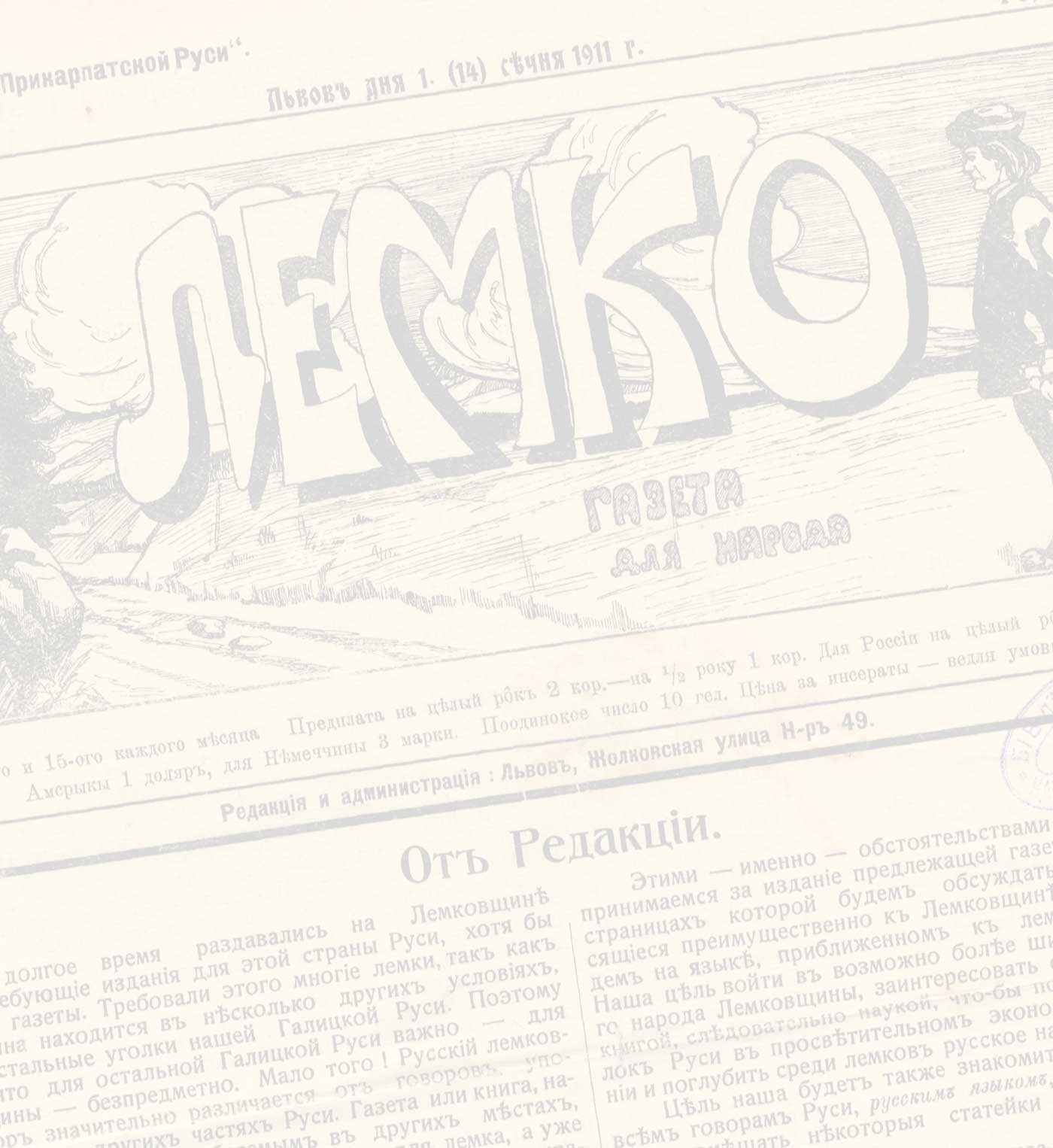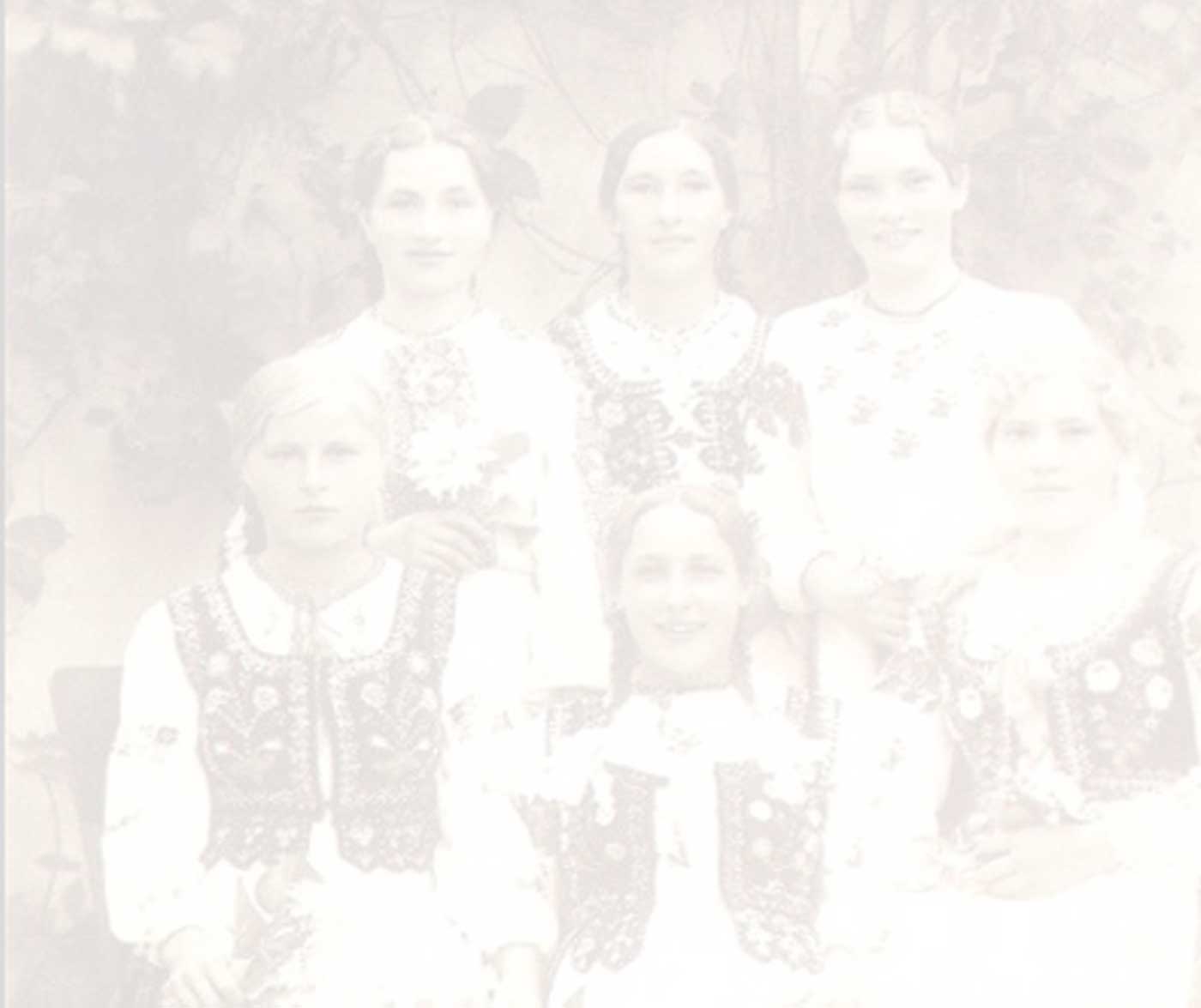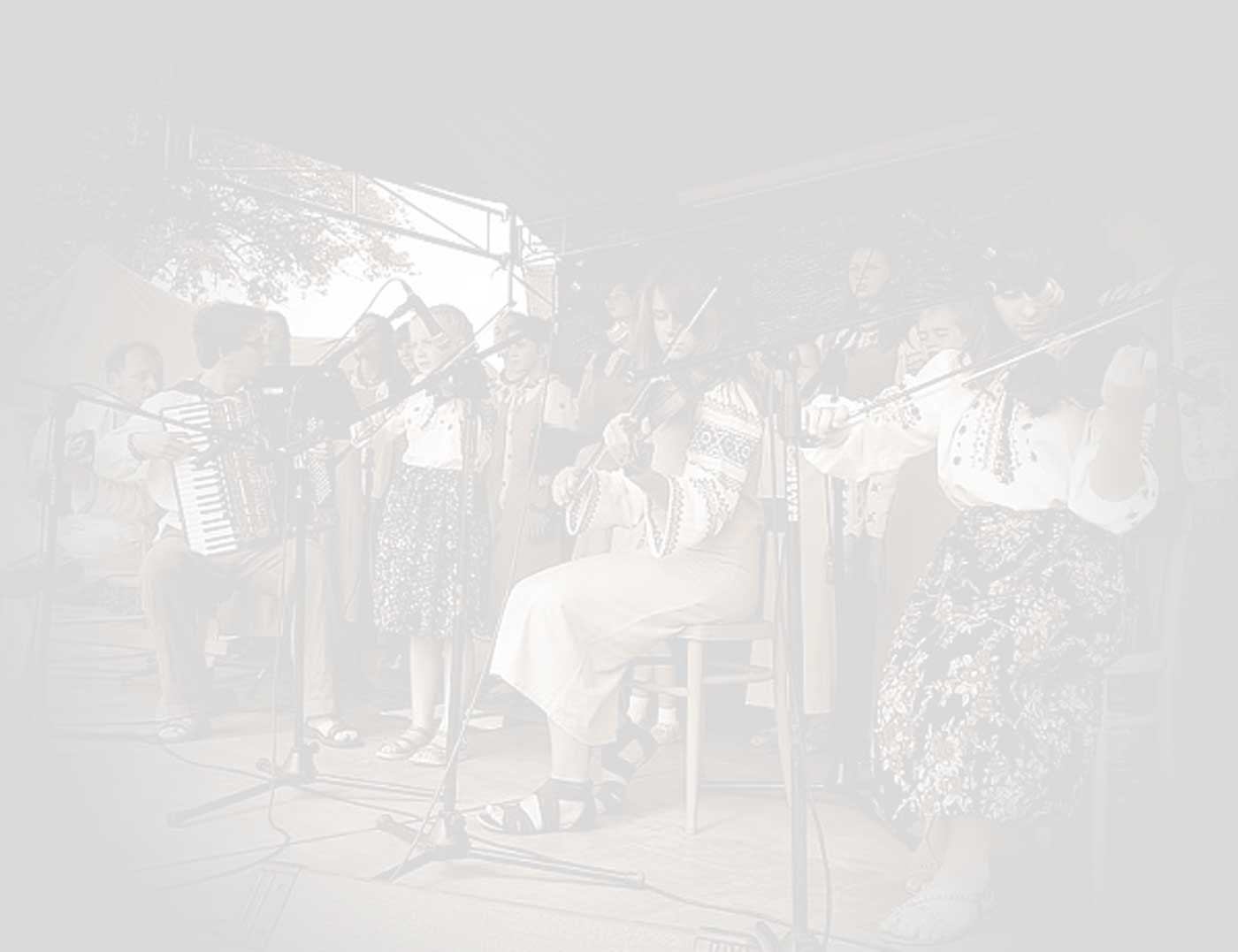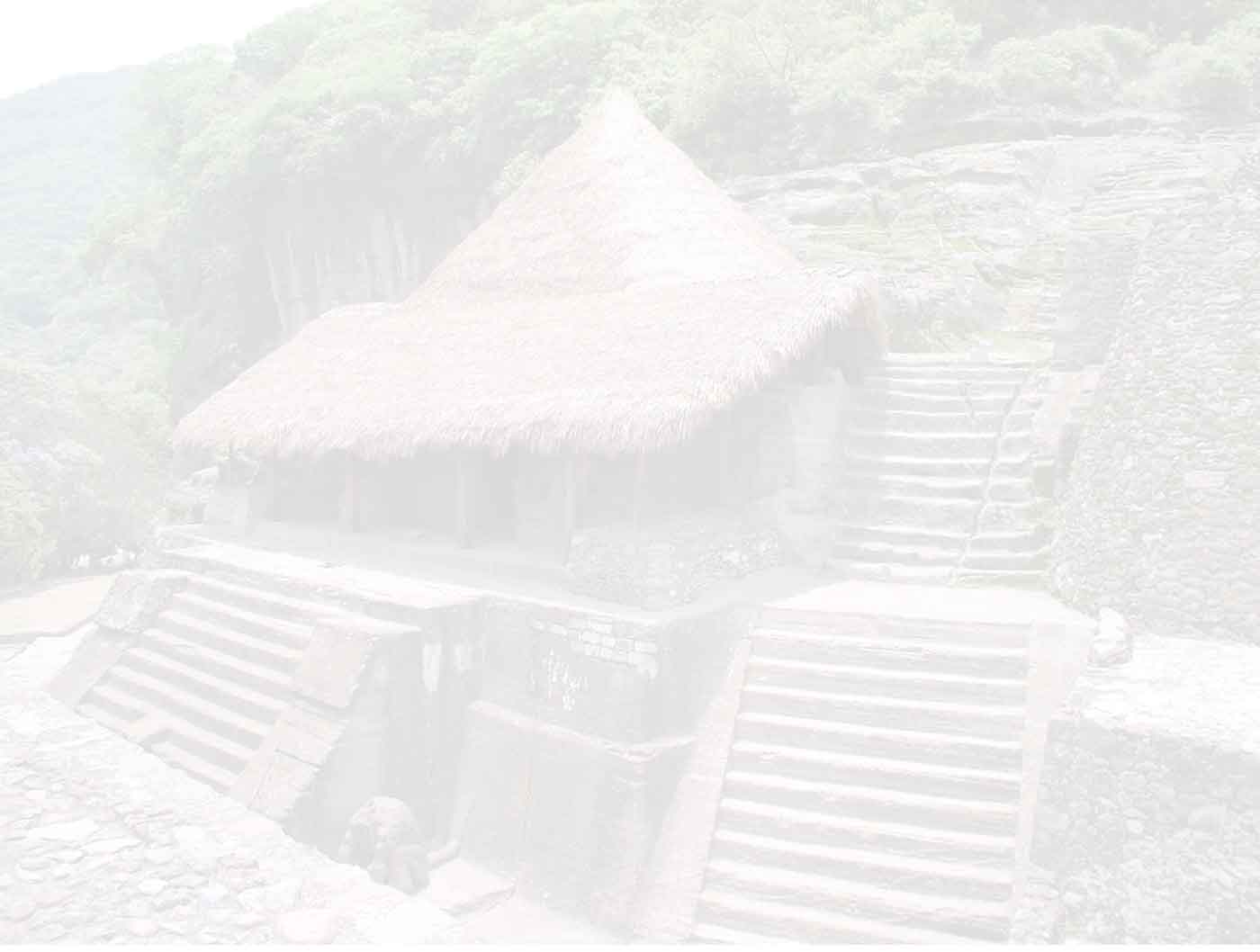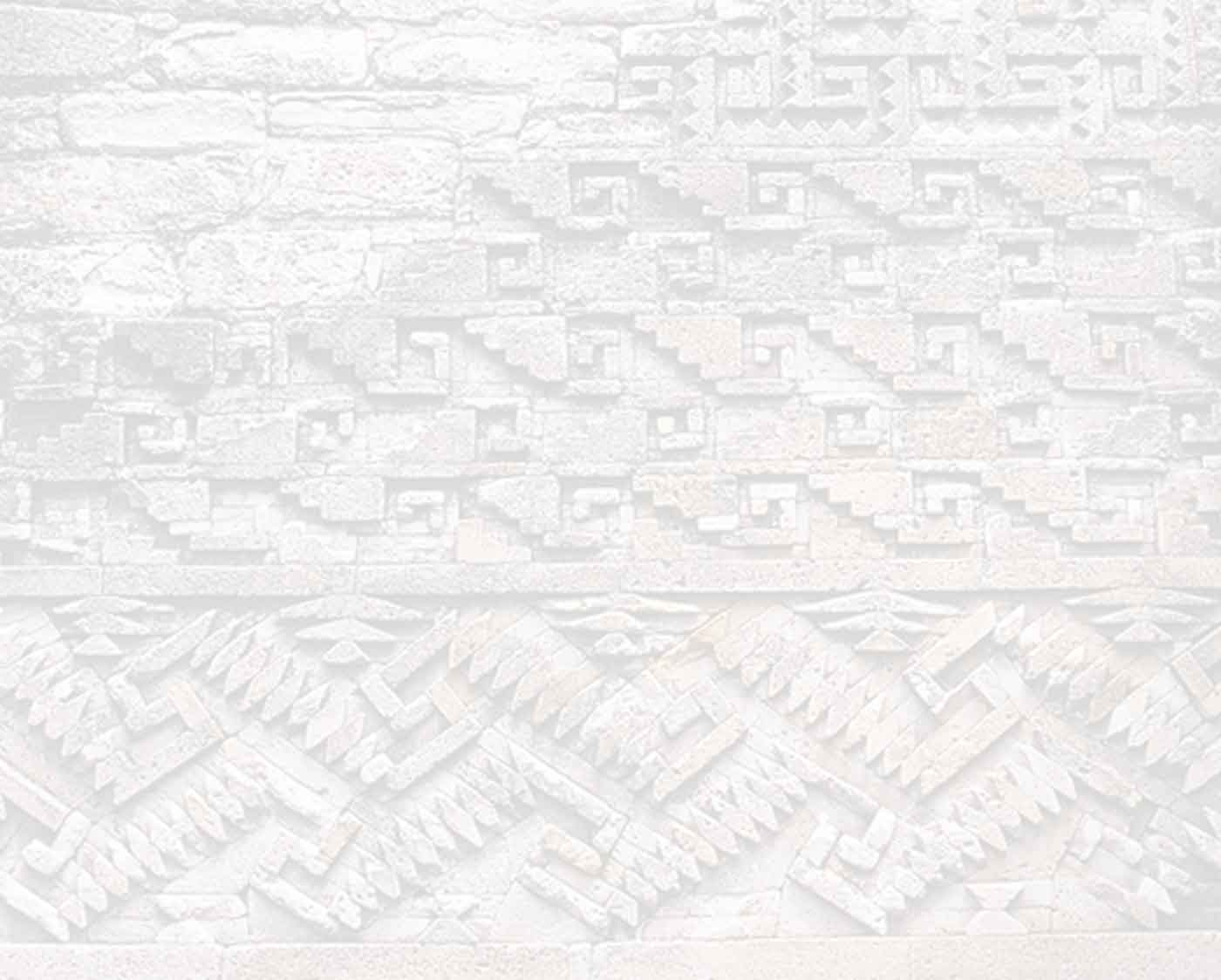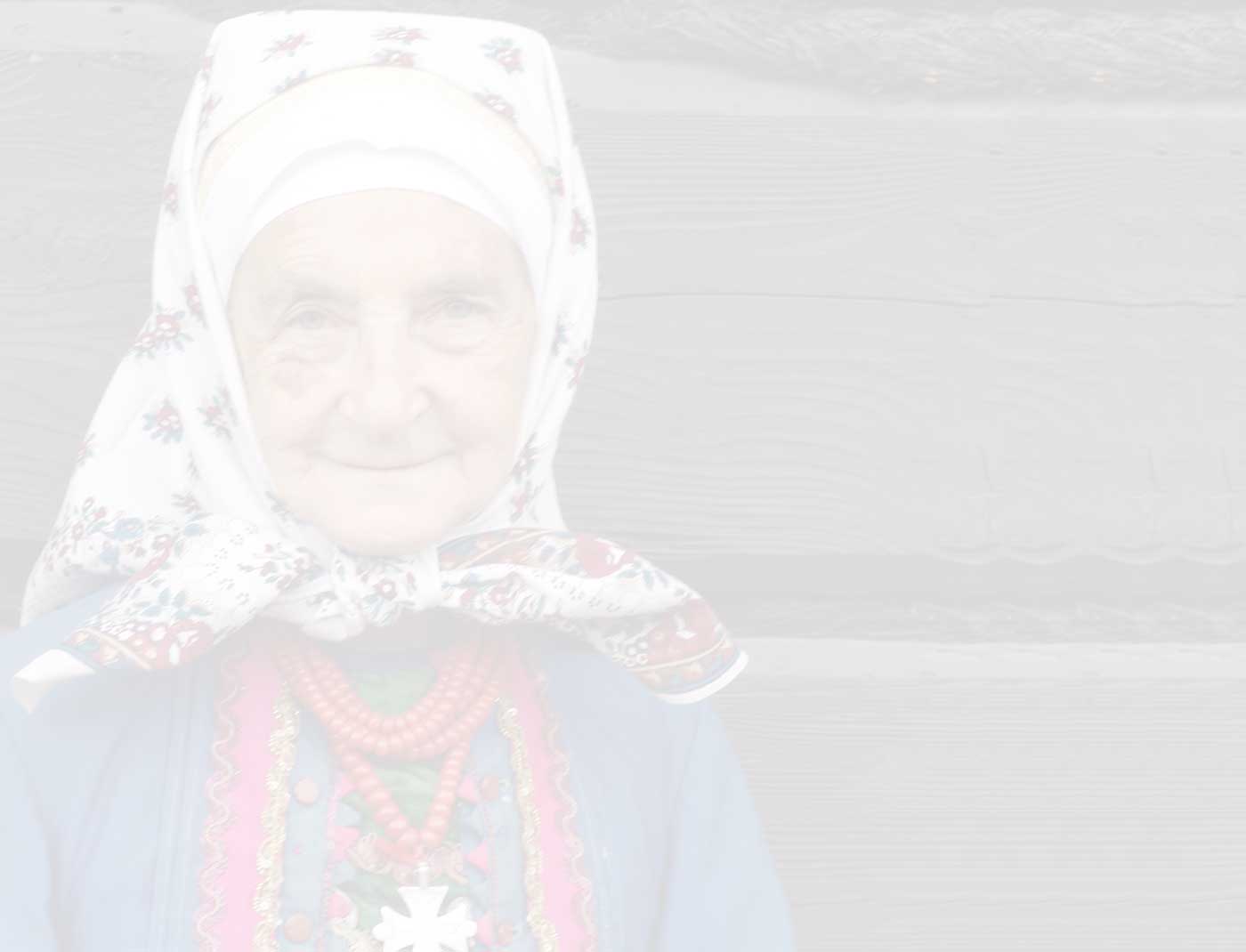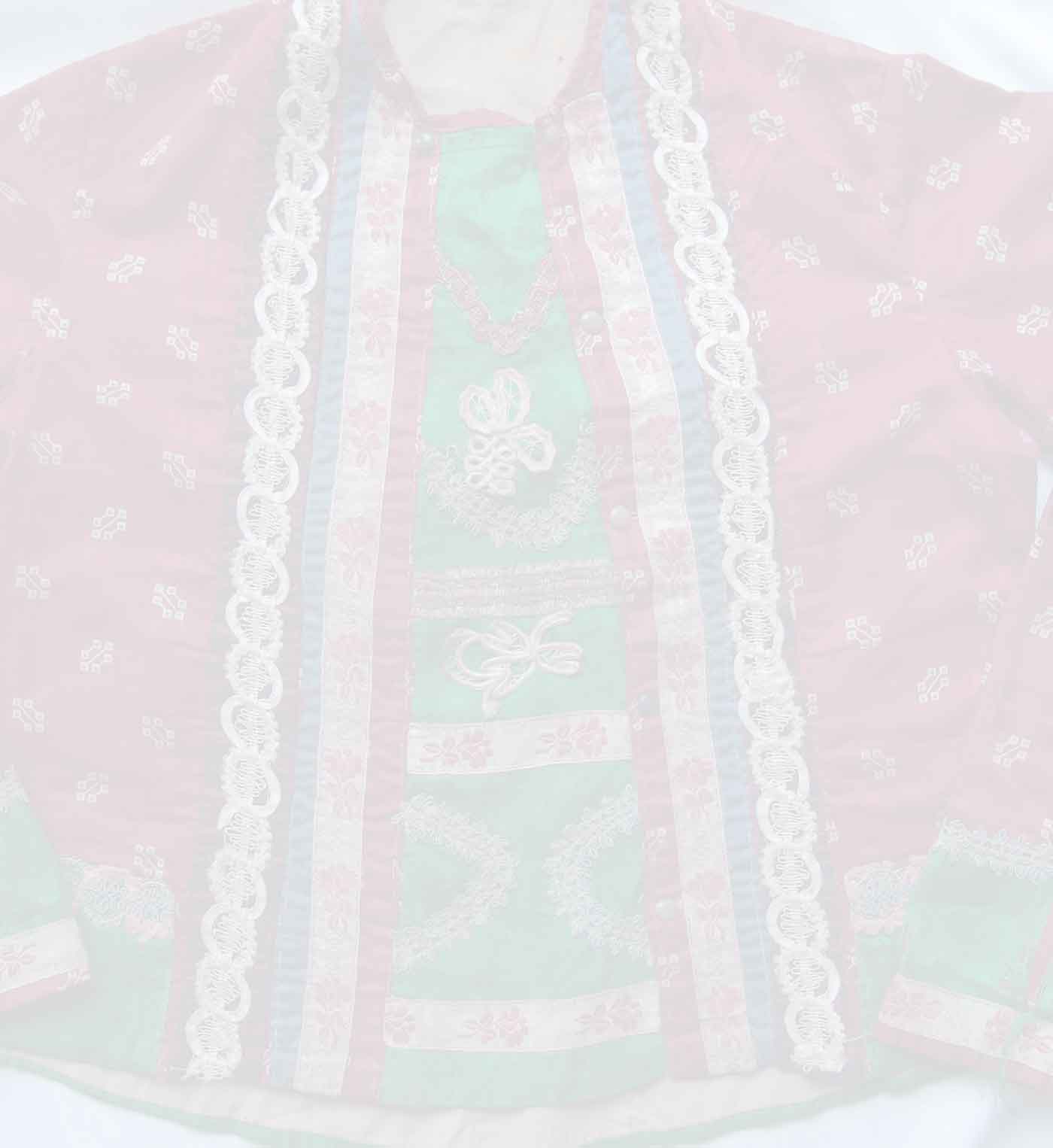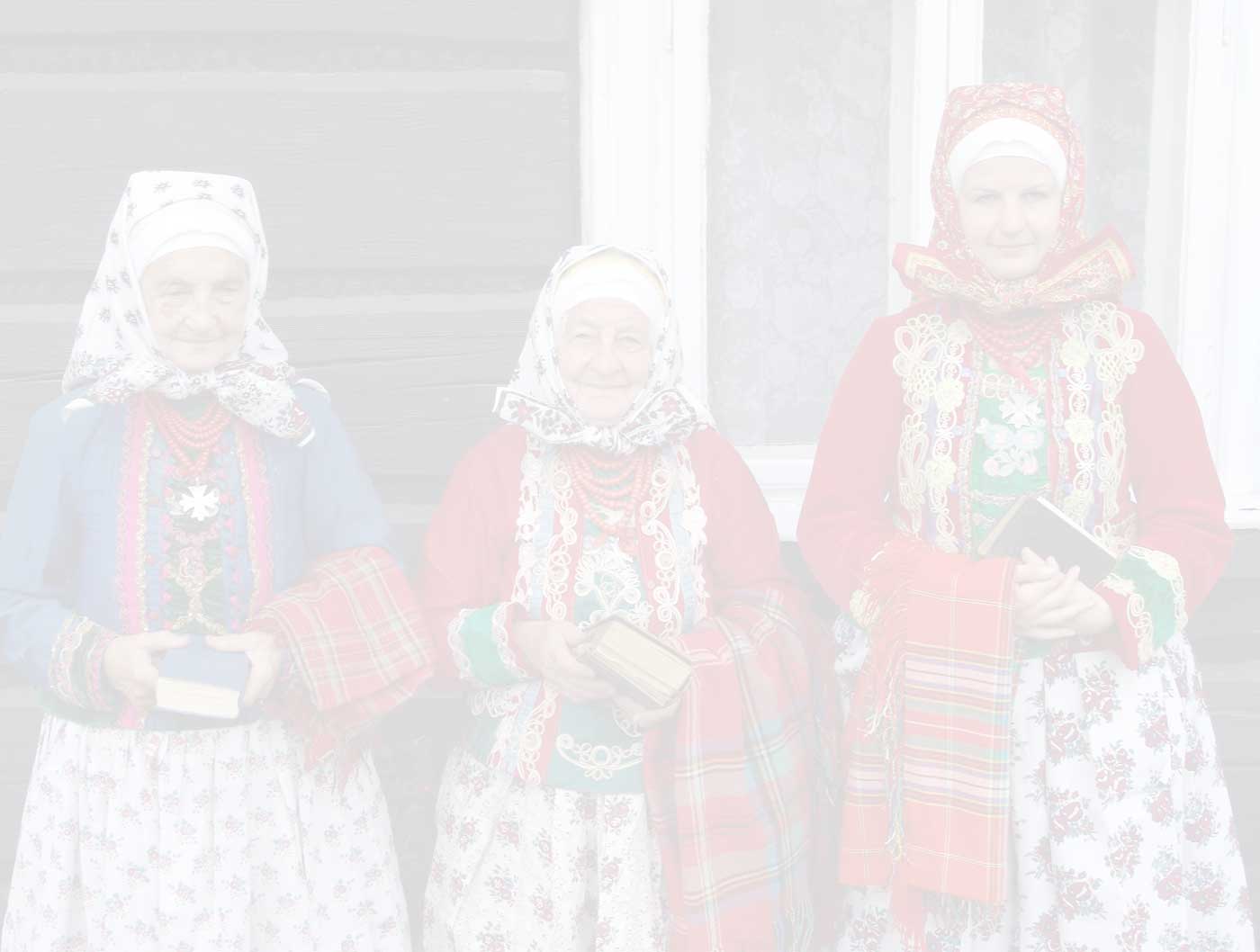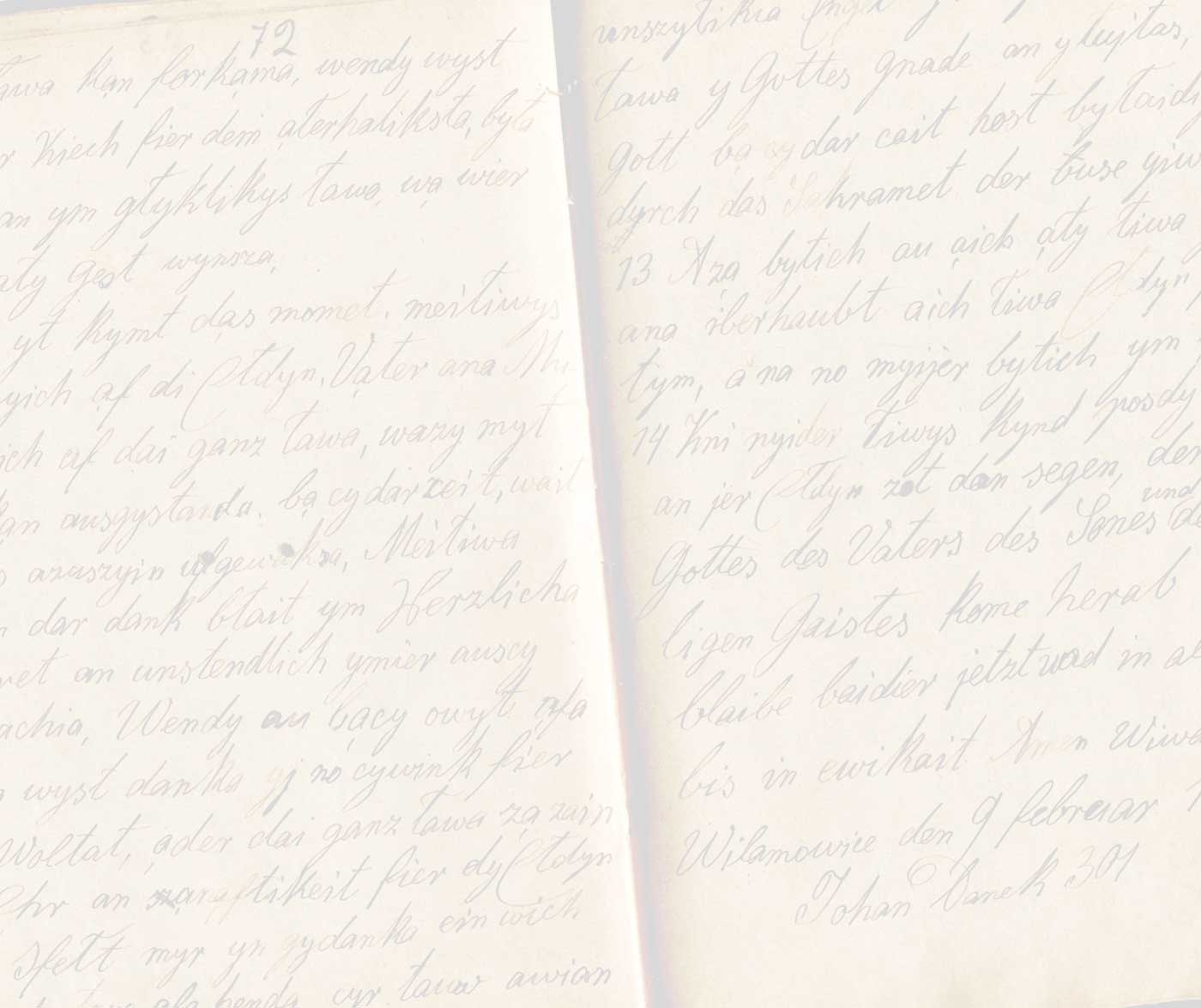0. Methodology and aims of research
I should start with a few words concerning methodological aspect of my research. What I'm talking about is mainly the result of research trip to Morocco in April 2013, where I concentrated on editorial market and the presence of Amazigh culture at the level of written and printed culture. My work consisted mainly in observation of the annual book fair in Casablanca, including the accompanying events, debates, its public, and so on. Thus it was not an ethnographic research, not a research concerning the Internet, etc., just a perspective that deals with printed book as a medium of communicating identities. I also dealt with paper-published literary and cultural criticism in French. Methodologically, my approach is obviously limited by my lack of competence in Amazigh language itself. My aim is just a general evaluation of the situation of emergent cultural phenomenon as part of a larger network of cultural and literary exchange in the Mediterranean. This particular case study should be inscribed in a larger project that deals essentially with emergent literary writing and the conditions of access to the global literary market as a reality seen from the perspective of peripheral, minor and subaltern cultures. My remarks concerning the revitalization should thus be seen in such a context. The revitalization I'm interested in is a process that leads to the creation of new literature.
My vision of the “world of cultural abundance” is that of a common planetary library for the future, reflecting the diversity and richness of local traditions into the mirror of shared, globalized literature. A case study on Amazigh is for me explicitly a case among other cases. Nonetheless this essentially comparative perspective enables me, I hope so, to introduce an interesting, perhaps a paradoxical point: the prospective understanding of revitalization, i.e. taking it as an open project directed towards the future, sometimes even concerned with cutting the anchors of the past.
Writings in the “Western language” (according to the term used by classical Arabic authors) were created throughout the Middle Ages till approximately the end of the 16th century. Thus, the cultural autonomy of the Berbers, to some degree connected with an Islamic heterodoxy, ceased a long time before the beginning of the European colonization. Contemporary activists avoid to invoke that distant patrimony directly; their project consists in creating a new tradition that they qualify as a “neoliterature”, “emergent literature” or “taskla”, using an Amazigh neologism supposed to accentuate the novelty of writing and the rupture in relation to the ancient tradition. The emergent Amazigh literature is supposed to exist both in local and global circulation. Dual linguistic expression of the identity (in Amazigh and French) is an important element of this modernizing project.
I will try to sketch, just in few words, the historical background, including the long history of the Imazighen (the Berber tribes) and the short history of their fight for cultural identity, that essentially filled the last years of the reign of Hassan II, so we could be able to recognize just the main lines of the present situation. Then, I will try to characterize briefly the political solutions that has been found, and finally, I will pass to the most interesting part, which is the significance of the revitalization as a modernizing project. Its aim is not only the preservation of some sort of past, but essentially establishing a basis for an emergent, pronouncedly modern identity.
1. Historical background
First thing we should keep in mind is that Amazigh identity is something extremely old. It can be conceptualized as an aboriginal identity of the south-western Mediterranean. The history of Imazighen is contemporary to ancient Egypt, Carthage and the Roman Empire. The beginnings of the scriptural tradition are equally ancient, starting with so called libyco-berber script, which was originally an abjad used by the peoples of the desert, such as the Tuaregs. Such is the origin of the contemporary tifinagh or rather the neo-tifinagh considered by many as the “proper” way of writing in Amazigh today (I will return to this point later on).
This is thus an identity that had already well established traditions at the moment of the Islamic expansion in the 7th century A.C. In spite of the frictions, one might claim that overall the Berbers found their due place and their cultural expression in the Islamic state organisms of the region. The acme of the Berber culture may be identified with the reformist movements in Islam finding their political expression in the Almohad Empire (1121-1269). The next centuries brought a progressive arabization and the ossification of the Berber peculiar religious culture. Nonetheless the Berber separatism survived and was actively exploited by the colonial rulers of the Maghreb, using the well-known strategy of Divide et impera (“divide and rule”).
The post-colonial state of the king Muhammad V searched for the national identity connected to the unifying power of the Arabic language. The Berber identity was thus placed at the margin of the process and the political dangers of the Berber separatism had been overestimated, which can be easily understood in view of the unstable situation in Algeria. This is why the demands for cultural emancipation during the last decade of the 20th century encountered extremely inflexible response of the government and the king. The situation changed with the advent of the new ruler, Muhammad VI, who recognized the legitimacy of the Berber claims.
2. Political solutions
In the new constitution, Amazigh was recognized as the 2nd official language of the state. During the first years of the new millennium, the Berber language found its place both in the educational system and the Moroccan academia. To a certain degree, we could admit that all the necessary steps have been done in order to guarantee the linguistic normalization. Amazigh, as the official language, is taught to all the inhabitants, including those without direct Berber ancestors. A special institution (IRCAM) has been created under the royal patronage to promote research concerning all the aspects of the Amazigh culture and to foster its development.
Nonetheless, the existing situation is not the ideal one. Still, there is a lot of widespread resistance towards the cause of the Amazigh language. People, including the parents of the schooled children, see the class of Amazigh as a useless chore, diverting the attention of their children from more useful subjects, including French and English. In context of the Moroccan educational reality, leaving no margin for improper allocation of the scarce resources, Amazigh is seen as a useless expenditure offering no future to anybody, including the students of the first curricula in Amazigh culture that has been created in all or nearly all universities of the country (many of them encountered no employment). Seemingly, the revitalization process has led to a stalemate.
3. Revitalization as a modernizing project
In my opinion, the most interesting aspect of the ongoing process is the response of the activists and the promoters of the Berber identity to this stalemate. Here I pass to the examination of the main corpus of my research, i.e. the essays of cultural criticism published in French during the last 3-4 years. In my opinion, the choice of French as the language of expression is not accidental in this context. To some degree, it is a language of the battle, supporting the Berber identity at the moment in which the Amazigh prose is still incipient (majority of the adult population simply don't read it, even if some may communicate in Amazigh orally at the everyday life level). The main advantage of French is simply that of not being Arabic. Significantly, it is no longer a “post-colonial” language, rather a neutral one that appears as a useful instrument of support for the identity cause and a tool of communication with the external world. That is an important aspect, preventing the isolation of the Berber cause. A limited usage of Spanish is also to be noticed, for quite similar reasons; the linguistic normalization that took place in Spain after the end of the dictatorship of Franco is also a ready-made paradigm. On the other hand, the Berber identity movement relies in an important way on the Moroccan diaspora and on the inspirations coming from different European countries in which the linguistic questions had been solved.
The essays of cultural criticism I've studied accentuate first of all the necessity of creating a new Amazigh culture. The proposal is to go beyond the first steps that consisted mainly in collecting the oral patrimony. Two key terms in Amazigh, treated by the authors as untranslatable, call my attention: asgudi and taskla. The first term, meaning literally “accumulation”, refers to the process of gathering the patrimony of the oral culture. The stability of the written text is meaningfully contrasted with the perishable condition of the spoken word. The writing brings thus the promise of enrichment by gathering and the accumulation of the cultural content, just as the cereals or other provisions are stocked in a cellar.
It's clear that in the first moment, the fascination with writing as such was intense, sometimes even excessive and grotesque. Apparently, the blatant lack of an established norm and orthography was not considered as an obstacle. The problem of the Amazigh script is still unsolved. At the level of declarations, as it seems, the tifinagh is considered as the most appropriate form of writing. Nonetheless, I could find no book written entirely in tifinagh. Most publications have just the title and eventually the name of the author written in the traditional script. The content of the book is printed either in Latin or in Arabic characters. The tifinagh, as it seems to me, have a representative function of a monumental script. Its characteristic graphic form appears in trilingual official inscriptions in institutions or public buildings, and other similar contexts. The tifinagh script seems to be rather an insigne of identification than a practical way of writing. Which is also a quite curious cultural function that I associate to the ancestral understanding of writing as a form of magic.
Nonetheless, the core of the Amazigh cultural project seems to be quite reverse in relation to all forms of ancestral culture. What is postulated with insistence is the creation of a “taskla”, sometimes translated by such expression as “emergent literature” or “neo-literature”. The word is a neologism defined in opposition to the ancient Amazigh word for literature, “lmazghi”.
The aim of this new Amazigh literary creation is, as I suggested, that of breaking the stalemate between the dominant Arabness and the Berber culture that received political rights but remained nonetheless in a minor condition. The Amazigh language and culture are taught at school and at the university, but as the Berbers themselves recognize, there is nothing in them that would really justify the discussion and the scholarly analysis. This culture is seen by the Imazighen themselves as nonexistent. It exists potentially, as a project that requires a realization. Somehow, as they see it, the proper Berber culture is located in the future.
As a foreign observer, I must recognize this may be an extremely mobilizing prospect in which the minor community establishes itself indeed as an important element of the national cultural landscape. At the present moment, Imazighen feel they are just a burden for the national educational system. But there is an idea how to pay back this investment transforming the Berber element into one of the leading forces of the nation. Arguably, such a prospective Amazighity is indeed orientated towards the future in a better, more energetic way than other elements of the Moroccan cultural landscape. Amazigh identity, instead of looking back into the glorious past, is transformed into a motor of change. This is a very positive style of solving the problem of a minor identity.
Taskla, the emergent Berber literature, is supposed to transcend its local context and to enter the global circulation of literature, just as the Moroccan francophone novel did. This existing precedent is quite tempting for many young writers who would gladly repeat the bestselling success of the postcolonial generations of Chraibi and Ben Jelloun. Some of them try to write directly in English, other translate their Amazigh prose into French. Such a gesture seems quite paradoxical. Why do they insist upon revitalizing their language, if they finish as foreign-speaking authors? How is this phenomenon related to the experience of the former generation? Of course there has been some Berber participants in the boom of the francophone Moroccan novel. What is different now?
Well, even if the French or English text the global reader gets as the final result seems very similar, there is the whole cultural process leading to it, establishing a creative tension between the local and the global dimension. The whole endeavor of the Amazighity introduces a new factor in the cultural equations, enriching all of us, not only the Berbers.
